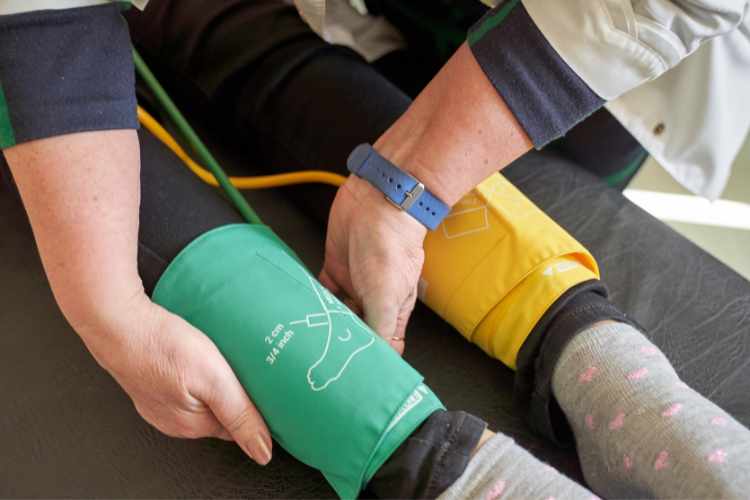PAD (peripheral artery disease) results from plaque accumulation in the arteries. This creates circulation difficulties, mainly touching the legs, arms, and head. Such organs do not get adequate blood supply, which leads to symptoms such as numbness, cramping, coldness, shiny skin, and pain, especially in the legs, as you walk. PAD can cause serious concerns, but it does not mean you can’t lead an active lifestyle. Warner Robins peripheral artery disease can be treated and managed to stop its progression and reverse the symptoms. Living with PAD does not mean you can’t maintain an active lifestyle. Here are a few pointers that can help manage the condition and allow you to enjoy a more productive, healthier, and happier life.
Revise your habits
Among the top habits to reconsider is smoking. Tobacco smoke is a health hazard, putting you at an increasingly high risk of PAD and complications such as stroke or heart attack. Quitting the habit can take some time and work. This includes nicotine replacement medicine and behavior modification. Nonetheless, the effort will pay off since you can slow PAD progression and lower heart-related risks.
Dieting
Most people living with PAD have high blood cholesterol. Taking relevant weight and cholesterol management measures is advised as you strive to keep PAD symptoms in check. Dieting is among such measures, especially with a heart-friendly meal plan. Go for more fruits, vegetables, plant oils, and lean meats. Cut back on diets rich in sugar, salt, and saturated fats, commonly found in animal products. Moderating alcohol consumption is also recommended.
Physical activity
Staying physically active could be the least favorite thing to do, especially when in pain. Nonetheless, you must engage in physical activity as you strive to manage PAD symptoms and prevent progression. If you are having difficulty, working with a professional is recommended. They can help you uncover exercises best suited for your situation. This includes accounting for when the pain kicks in, ensuring you time the sessions to take strategic breaks and keep working out. Physical activity improves circulation, helping replenish the organs and manage PAD symptoms while slowing or reversing its progression.
Manage medical conditions
Health conditions can worsen PAD and lead to certain complications. Diabetes type 2, for instance, can cause limb-related complications, resulting in concerns such as amputations. Managing existing medical conditions, including lifestyle changes, dietary measures, exercise, and following your prescriptions, can help lower complication chances.
Keep warm
PAD symptoms tend to worsen during the winter seasons. This is because blood vessels tend to temporally narrow in cold weather, worsening PAD due to further limited supply. Stay warm such as by working indoors more or wearing clothes in layers when stepping out. This can help you avoid worsening PAD during the cold seasons.
PAD does not have to turn your life inside out. Seeking professional diagnoses and treatment and adopting a lifestyle geared towards symptom management can help you lead an active and fulfilling life. Visit or contact Middle Georgia Vascular Surgery Center & Vein Solutions today for more on peripheral artery disease.

